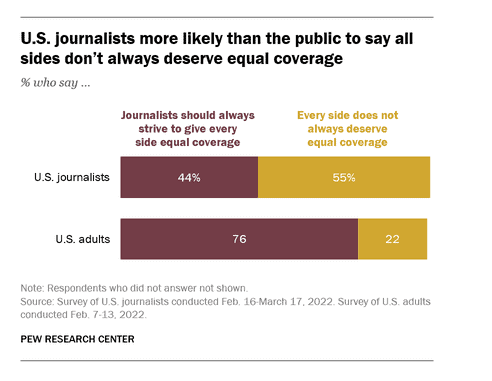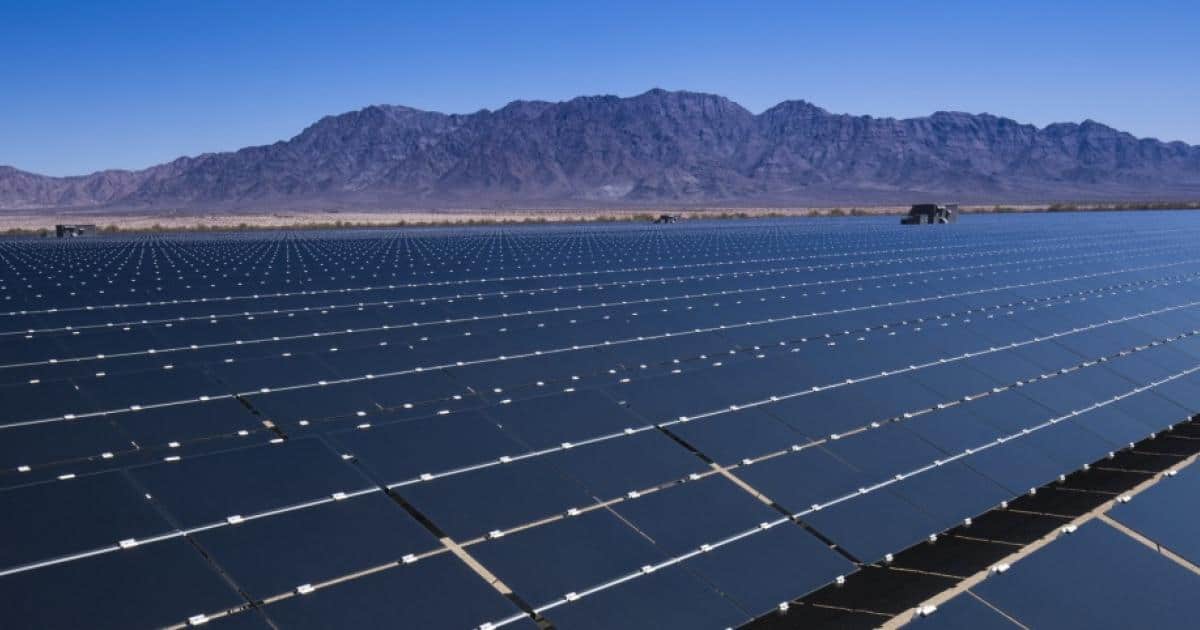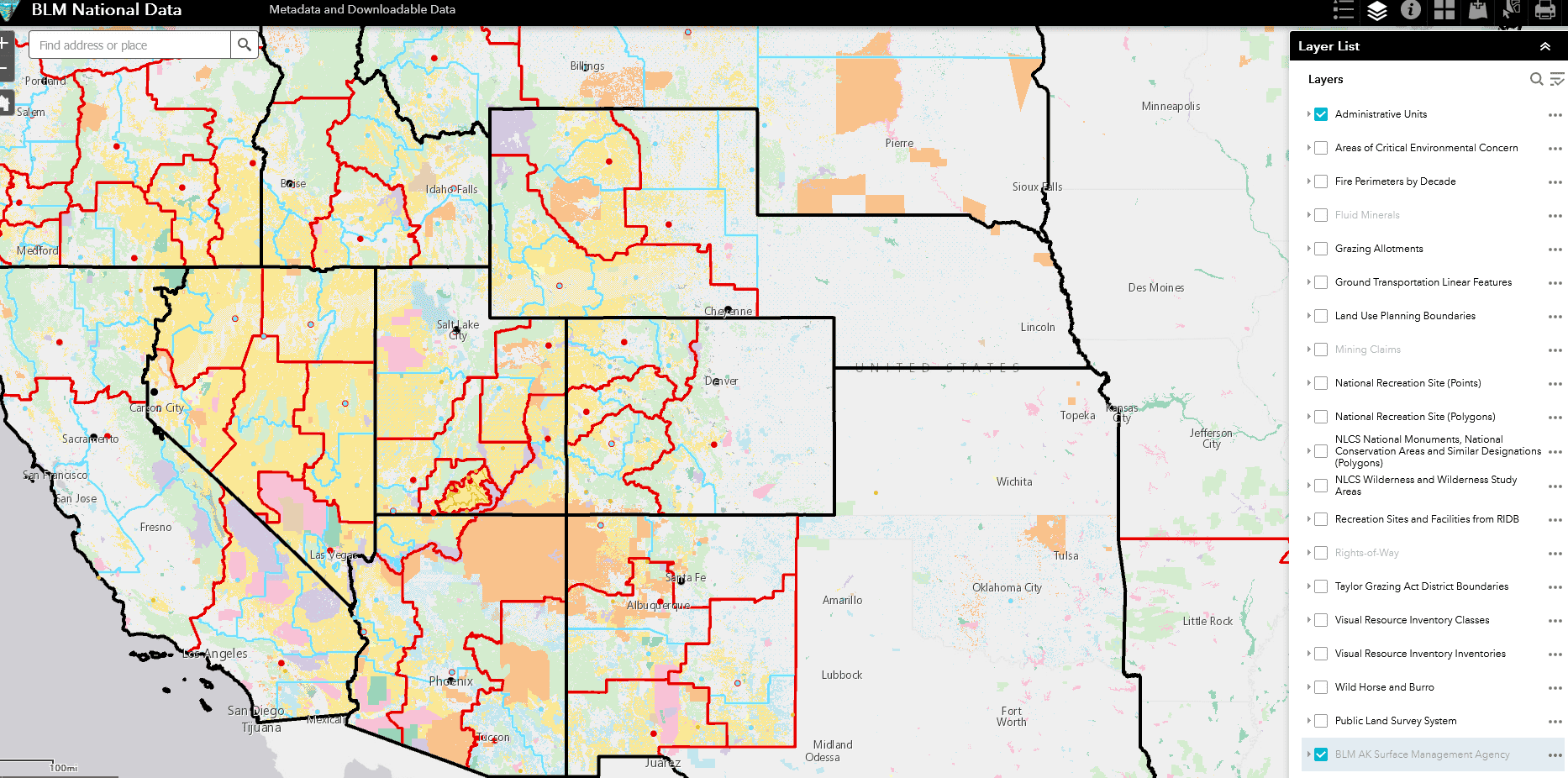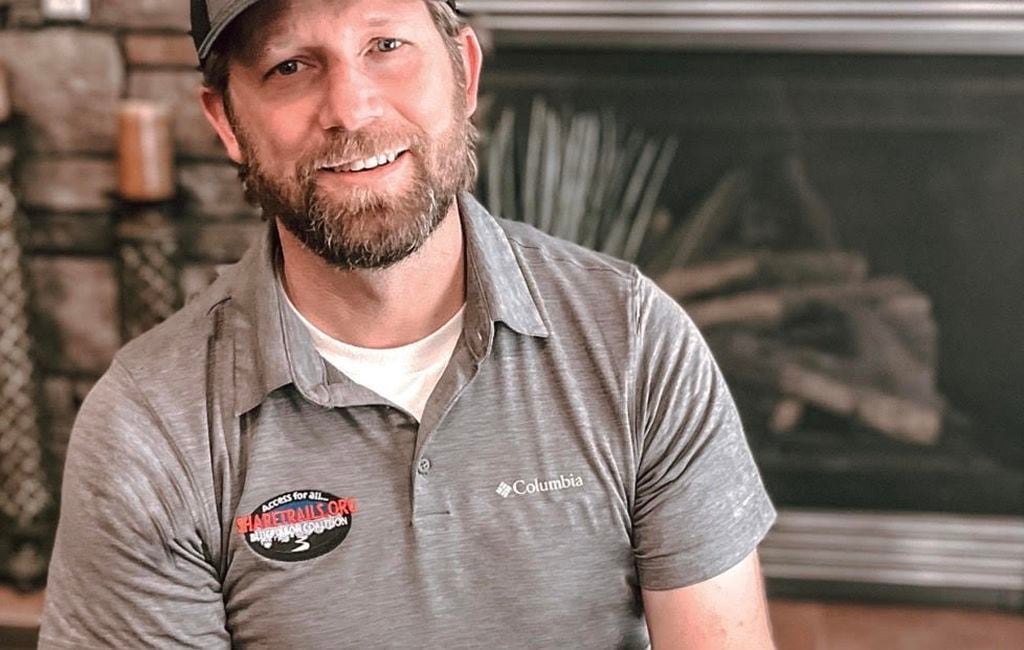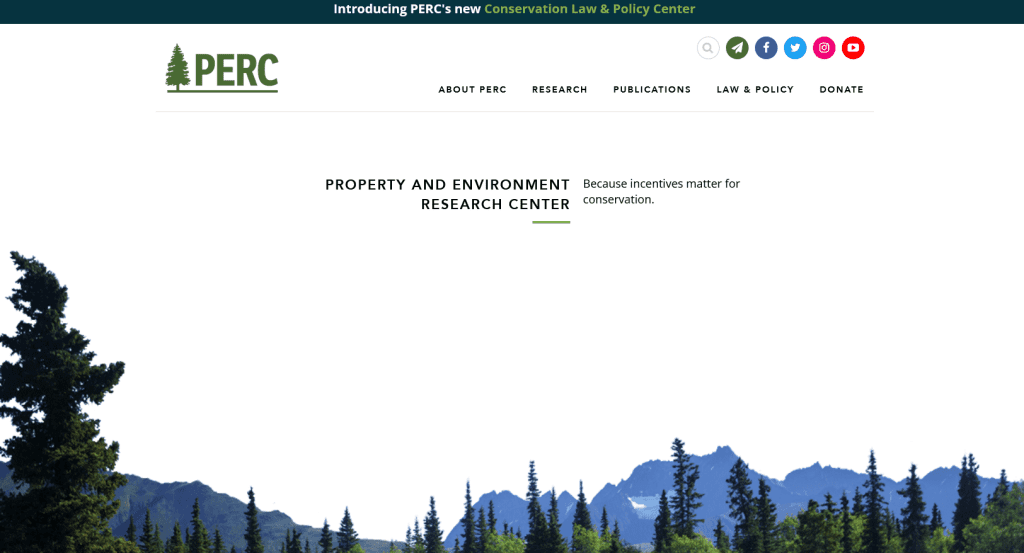As far as I’m concerned, abstractions are hatchways to hokum.. and portals to privilege- because you can be pretty sure you won’t be in the room when the details of who benefits and who loses from the definition is hashed out. There’s a common concept of “over-thinking” something; perhaps there should also be a concept of “over-wording.” It would include
1. Making up new words when all the concepts already exist,
2. Using plain English words to mean something else,
And for feds in particular
3. Making up new meanings for words already used by other federal agencies.
In this rule, a few abstractions that raise red flags:
“FLPMA’s (Fip-ma) declaration of policy and definitions of “multiple use” and “sustained yield” reveal that conservation is a use on par with other uses under FLPMA.” Hmm.. somehow this revelation.. that “conservation” is a “use” lay unrevealed for lo these 47 or so years. So let’s start with the definition of conservation:
Conservation
The proposed rule would define “conservation” in the context of these regulations to mean maintaining resilient, functioning ecosystems by protecting or restoring natural habitats and ecological functions…. Within the framework of the proposed rule, “protection” and “restoration” together constitute conservation.
That’s not what partner agency on intermingled private lands, the Natural Resources CONSERVATION Service might mean by conservation.
Let’s check out what USDA means by the word “conservation”.
The protection, preservation, management, or restoration of natural environments and the ecological communities that inhabit them. Conservation is generally held to include the management of human use of natural resources for current public benefit and sustainable social and economic utilization.
Whoa! Major #3 (other federal agency) foul. Yes, says the BLM, we want to work as partners, yes we want the public to be involved, but we can’t help but define commonly used words differently. Our behavior does not seem to match our words. Our behavior seems to say “we want people to be confused about what we are trying to do.”
So a “conservation lease” is a protect and restore lease, not at all like the Conservation Stewardship Program at USDA..nor the Forest Service Conservation Finance Program (which is pretty interesting to check out).
Intact Landscape
means an unfragmented ecosystem that is free of local conditions that could permanently or significantly disrupt, impair, or degrade the landscape’s structure or ecosystem resilience, and that is large enough to maintain native biological diversity, including viable populations of wide-ranging species. Intact landscapes have high conservation value, provide critical ecosystem functions, and support ecosystem resilience.
That seems like any large tract of federal land.. “Permanently or significantly disrupt” it could be argued, I suppose that while oil and gas rigs are not permanent, they could be “significant” and solar arrays and wind turbines could be decided to be permanent, but not “significant.” So what’s a landscape?
Landscape
means a network of contiguous or adjacent ecosystems characterized by a set of common management concerns or conditions. The landscape is not defined by the size of the area, but rather by the interacting elements that are relevant and meaningful in a management context. Areas described in terms of aquatic conditions, such as watersheds or ecoregions, may also be “landscapes.”
So an entire ecoregion might be an intact landscape depending on judgments of “permanent” and “significant.” People might wonder who exactly will be making those judgments..
Land health: The idea is to take land health- a concept from the grazing program and apply it to renewable resources (should meet at the watershed scale). They want comments on how it will interact with non-renewable resources.
§ 4180.1 Fundamentals of rangeland health.
Standards and guidelines developed or revised by a Bureau of Land Management State Director under § 4180.2(b) must be consistent with the following fundamentals of rangeland health:
a) Watersheds are in, or are making significant progress toward, properly functioning physical condition, including their upland, riparian-wetland, and aquatic components; soil and plant conditions support infiltration, soil moisture storage, and the release of water that are in balance with climate and landform and maintain or improve water quality, water quantity, and timing and duration of flow.
(b) Ecological processes, including the hydrologic cycle, nutrient cycle, and energy flow, are maintained, or there is significant progress toward their attainment, in order to support healthy biotic populations and communities.
(c) Water quality complies with State water quality standards and achieves, or is making significant progress toward achieving, established BLM management objectives such as meeting wildlife needs.
(d) Habitats are, or are making significant progress toward being, restored or maintained for Federal threatened and endangered species, Federal proposed or candidate threatened and endangered species, and other special status species.
and related standards and guidelines to all renewable-resource management, instead of just to public-lands grazing. Broadening the applicability of the fundamentals of land health would ensure BLM programs will more formally and consistently consider the condition of public lands during decisionmaking processes. Renewable resources on public lands should meet the fundamentals of land health overall at the watershed scale. The proposed rule recognizes, however, that in determining which actions are required to achieve the land health standards and guidelines, the BLM must take into account current land uses, such as mining, energy production and transmission, and transportation, as well as other applicable law. The BLM welcomes comments on how applying the fundamentals of land health beyond lands allocated to grazing will interact with BLM’s management of non-renewable resources.
To implement the fundamentals of land health, the proposed rule directs BLM programs to use high-quality information to prepare land health assessments and evaluations and make determinations about the causes of failing to achieve land health. Such information is derived largely from assessing, inventorying, and monitoring renewable resources, as well as Indigenous Knowledge. The resulting data provides the means for detecting trends in land health and can be used to make management decisions, implement adaptive strategies, and support conservation efforts to build ecosystem resilience.
I’m not exactly sure what “renewable resources” are in this context, maybe someone from BLM could help out?
